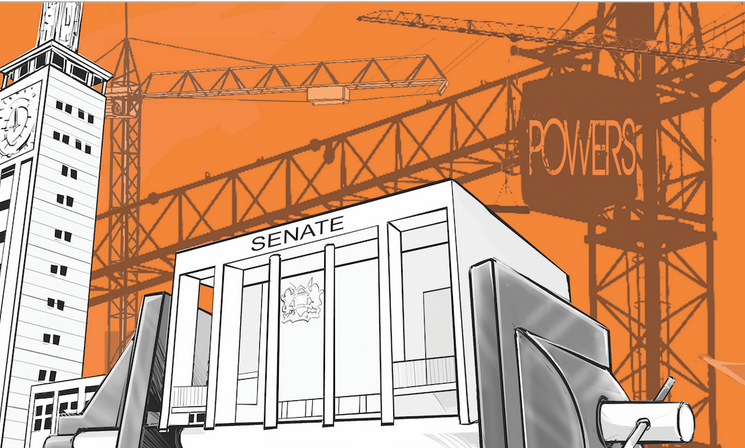
Two weeks ago, calls to restructure Parliament to grant the Senate more powers acquired a new momentum, with former Prime Minister Raila Odinga backing the reform. Following a closed-door meeting with senators, Raila called for the review of the current design to redesign the Senate’s powers to mirror the US system. In his view, the Senate should be the Upper House.
This development comes against the backdrop of sustained discussion on the Senate-National Assembly relationship, which has been tenuous at best, as evidenced by sustained legal battles over their mandate.
However, these calls for redesign are misplaced. They are a prescription arising from a flawed diagnosis. The Senate design, as provided for under the 2010 Constitution, is well-conceived for a devolved system of governance.
While the National Assembly represents constituencies and special interests, the Senate serves the interests of the counties and their governments. This creates an arrangement in which the two Houses represent different constituencies. This bicameral design is, in fact, autochthonous to Kenya.
Critics have continuously pointed out the perceived weaknesses in the Senate's legislative mandate, arguing that it lacks power over national legislation. This is a misreading of the Senate’s intended mandate. It was designed to be the voice of counties — a federal-style balance that checks against over-centralisation or re-centralisation.
The Senate’s core strength lies in its mandate to influence matters that affect counties directly, particularly in budgetary allocation and oversight of county governments. It is not a weakness that the Senate is not involved in all types of national legislation — it is a deliberate design choice, not a flaw.
The Senate’s powers to monitor county spending and approve county revenue allocation are adequately potent for intergovernmental accountability. If utilised optimally, these powers can significantly tip the power balance in favour of the Senate. The conversation should therefore not be the Senate's redesign, but its exercise of the powers currently provided for.
The problem lies not in the architecture of the Senate, but in the goodwill of successive political regimes. Successive regimes have undermined the Senate since its re-establishment under the 2010 Constitution. This has been through legislative manoeuvring, political interference, and budgetary constraints.
While the Senate is expected to play a significant role in revenue allocation to counties, the National Assembly, through the then majority party, consistently asserted its dominance on the same. Attempts by the Senate to assert itself, such as through mediation processes, often ended with compromises that only favoured National Assembly proposals and, by extension, the executive. Quite often, the Senate resorted to litigation to seek redress.
Political interference and intimidation are yet another favoured tactic for the Senate’s emasculation. For instance, senators who take positions perceived to be critical of the executive often face political isolation or disciplinary measures from their political parties. Senators who question the executive's handling of devolution are de-whipped from key Senate committees or expelled from the ruling party altogether.
Though the National Assembly is not an exception when it comes to political interference, the impact of this is heavily felt at and by the Senate because of its lean number. Such actions have discouraged robust debate and reduced the Senate to a rubber-stamp legislature.
Leadership by senators in and outside the House is also to blame for the perceived weakness. Senators are endlessly entangled in political gamesmanship, prioritising personal advancement over their mandate. Some senators only view the Senate as a stepping stone to governorships or other higher offices, rather than a platform for championing the interests of devolution. These challenges are not design issues but artificial idiosyncratic attributes that do not require restructuring.
From the foregoing, Kenya does not need to rethink the Senate design. The design is solid, crafted with foresight to balance national unity with regional equity. What is needed is leadership that respects institutions. Unless and until that happens, any restructuring will remain an exercise in futility. Retaining the current design of the Senate is not just practical—it is essential for the country’s democratic resilience and developmental journey.
Political commentator

![[PHOTOS] Ruto inspects his Naivasha farm](/_next/image?url=https%3A%2F%2Fcdn.radioafrica.digital%2Fimage%2F2025%2F06%2F72a14e8a-a040-48e1-87b3-597dbca6d7c6.jpeg&w=3840&q=100)









